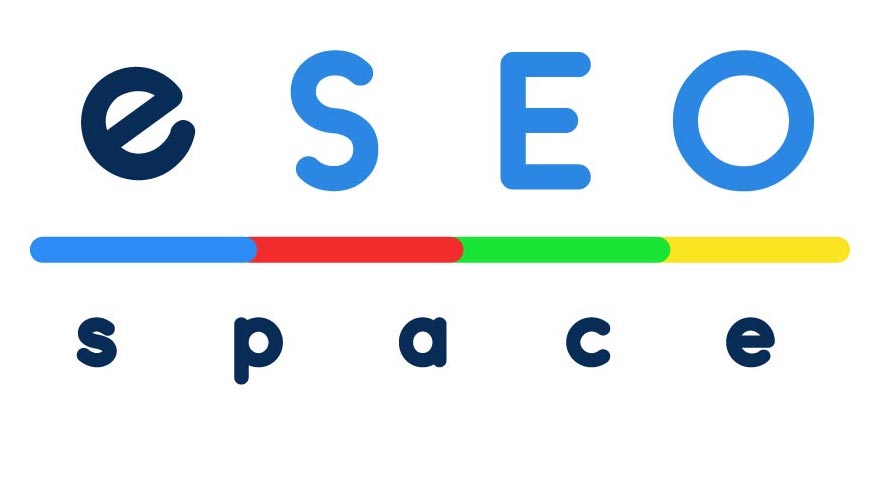Beginner’s Guide to Conversion Rate Optimization
Digital marketing is by no means a field that’s easy to master. For many, the sheer amount of different terms that relate to it can be demotivating and discouraging. Still, it’s an imperative in this highly digitized, highly competitive marketing landscape. Of course, having a website is vital, but it does not suffice for an optimized online presence. As such, let us devote this article to exploring a justifiably famous practice; conversion rate optimization.
Defining conversions and conversion rates
Initially, let us define our terms. Conversion rate optimization is quite a complex topic to explore, even at a cursory glance, without some solid definitions.
Conversions, in brief, refer to desired actions that visitors take on your website or marketing material. They don’t strictly refer to completed purchases specifically, although they are lucrative, coveted conversions. Instead, conversions may include any action that benefits your business or pushes visitors further into your sales funnel, such as:
- Filling out a contact form
- Subscribing to a newsletter
- Signing up for a trial
- Downloading free resources
- Clicking on a link or engaging with media content
- Adding an item to a cart
In turn, conversion rates refer to the percentage of visitors who convert – using the above definition. This is why conversion rates are so significant and why conversion rate optimization holds so much merit. It provides an alternative to increasing traffic to drive sales; it focuses on interaction quality instead of quantity.
Calculating conversion rates
To further demonstrate this benefit, let us briefly delve into how one calculates conversion rates. The formula is fairly simple:
(Leads ÷ visitors) x 100 = conversion rate %
So, as an example, suppose your website has an average of 10,000 visitors. Of them, 250 convert. In that case, your conversion rate would be (250 ÷ 10,000) x 100, or 2.5%.
To increase conversions, then, you would have two options:
- Increase your visitors, or
- Increase your leads.
While increasing visitors is, of course, a worthy goal, it often costs too much to be the primary focus. That is what conversion rate optimization offers; a focus on increasing leads instead of visitors, with a lesser cost.
Website conversion rate optimization practices
Having highlighted the concept of conversion rate optimization, let us delve into exact practices that aid it. However, since this article is only meant to familiarize with the subject, we will only touch on the basics for simplicity and text economy.
#1 Website speed optimization
The very first contact a visitor has with your website is, in a sense, not even on your website itself. Rather, it’s on the loading screen before it.
It’s no secret that loading speeds can massively impact bounce rates, in turn affecting conversion rates. Google’s own research stresses this very clearly:

Source: https://www.searchenginewatch.com/2018/07/23/googles-speed-update-now-applies-for-all-users-how-does-it-affect-you/ (https://www.searchenginewatch.com/wp-content/uploads/2021/01/Image-2.png)
As such, the very first conversion rate optimization practice many marketers will discuss is website loading optimization. Practices that can help achieve faster loading speeds include the following:
Image compression
While high-resolution images offer excellent visual quality, they also come in a considerable size. Typically, keeping image sizes under 100kB is a safe initial compromise – given that one’s tools don’t sacrifice too much quality.
HTTP request reduction
Similarly, a high volume of HTTP requests can visibly slow down a website. The most frequent practice to address this is HTTP compression; consolidating many smaller files into a single larger file. Other solutions may include using CSS sprites where possible and simply reducing page images on content-heavier pages.
Caching
Finally, caching pages allows visitors to receive static pages more quickly than waiting for dynamically generated ones. Fortunately, many caching tools exist today and can facilitate this practice.
#2 Design improvements
Once visitors have made it to your website, their next impression hinges on your design. Indeed, design affects readability, visual satisfaction, and perceptions of value. To say that good design is important for conversions is an understatement; it’s what frames your identity and proposition.
Among many design improvements, those that most strongly inform conversion rate optimization are arguably the following:
- Readability; is content properly formatted and scannable?
- Clutter; are secondary visual elements drawing attention away from valuable portions and CTAs?
- Mobile-friendliness; is your design concise enough to facilitate easy mobile navigation?
- Above-the-fold; are cornerstone content and valuable CTAs placed above the fold for quick access?
- Aesthetics; do your aesthetics properly communicate your brand’s image and inspire confidence?
These and other web design fundamentals can significantly impact conversion rates.
#3 Copy refinements
On a slightly different front, copy itself plays a key role in conversions. Search Engine Optimization (SEO) rightly holds that “quality is king”, and the reason for this is self-evident. Your copy needs to offer value to your audiences and resonate with them, or they will resist converting.
Copy refinements typically overlap with SEO since SEO itself seeks to increase search engine visibility and enhance engagement. As such, many of its best practices also see use in the context of conversion rate optimization. These include, but are not limited to, the following:
Keyword research
Keyword research is the foundation of content creation, so it typically offers plenty of room for error. Copywriters may chase highly competitive keywords, overlooking long-tail keywords that may offer a better return on investment (ROI). Conversely, they may build content around keywords that do offer value but don’t necessarily resonate with their intended audience.
Keyword placement and keyword density
Similarly, awkward keyword placement and forced keyword density can both drive visitors away simply because such content appears inauthentic. Thus, a very simple improvement is to naturally spread keywords apart and keep density proportional to content length. Roughly one keyword for every 250 words of text is a safe rule of thumb.
Style and tone
Finally, on the subject of resonating with audiences, a highly subjective improvement lies in tone and style. Some marketers will argue that a strict, professional tone is always preferable. Others will insist that approachable, modern tones are demonstrably superior. The truth seems to lie somewhere in the middle; different tones work for different audiences. For better or worse, however, only precise audience analytics will help reveal the optimal choice in this regard.
#4 Calls to Action (CTAs)
Finally, the penultimate factor of conversions lies, of course, in CTAs themselves. CTA buttons are your direct, literal call to action, and thus they need to be impeccable.
CTA refinements are likely too many to list thoroughly. As an initial exploration, however, you may pay attention to the following:
Ensure visibility and readability
As highlighted above, CTAs need to be clearly visible and highly readable to serve their purpose. Among the most common mistakes with CTAs is, in fact, not making them appear clickable enough. As such, you should ensure your CTA placement attracts the eye, with no visual clutter to obscure it. Similarly, your CTAs’ colors, fonts, and other elements should absolutely ensure readability to help entice clicks. Visual clarity is half the proverbial battle in this regard.
Highlight value
Similarly, CTAs will best attract audiences if they can offer demonstrable value. In this regard, consider simply highlighting that a free resource is, in fact, free. “Download your copy” does not clarify a lack of price, while “download your free copy” does. Similarly, transactional CTAs can simply promote their product in terms of value; highlight what you offer to incite conversions.
Incite urgency
Finally, CTAs can incite urgency where appropriate to increase perceived value. This simple psychological tactic yields tremendous results, as Sleeknote’s findings on popups demonstrate. They specifically found that popups with countdown timers were 113% more effective than ones without. The exact same psychological principle applies to CTAs; consider simple nudges like “buy now” or disclaimers like “while supplies last”. The reason why they’ve remained marketing staples for ages is, indeed, because they incite urgency – and doing so yields results.
The process of conversion rate optimization
Finally, having explored the basics of conversion rate optimization, let us highlight the overall process. Here, each step will consider your business’s unique position and needs and each campaign’s exact goals.
- Audience research; use analytics tools and other means of acquiring audience insights – to enhance conversion rates, you must deeply understand your audience.
- Optimization; with said insights in hand, proceed to optimize your website, landing pages, and marketing copy accordingly.
- A/B testing; before committing to changes, conduct extensive A/B testing to ensure your strategies and optimizations yield tangible results.
- Measurement; having finalized your optimizations, measure your efforts’ success in solid, specific key performance indicators (KPIs).
- Monitoring and readjusting; finally, continue to monitor your efforts and readjust over time as needed.
This is, of course, a rudimentary overview of the conversion rate optimization process. However, the steps will remain largely the same in all cases and simply expand in depth according to your needs.
Conclusion
To summarize, conversion rate optimization seeks to increase conversions by improving touchpoints with potential customers. Instead of focusing on increasing traffic, it focuses on increasing the likelihood that existing audiences take desirable actions and convert. While there are many ways to do so, it typically begins with website optimizations, design improvements, and copy and CTA refinements.
About the author

Nadia Spencer is a web designer and copywriter. She has over 12 years of experience in the digital marketing industry, having collaborated with multiple local businesses and SMBs throughout her career.







